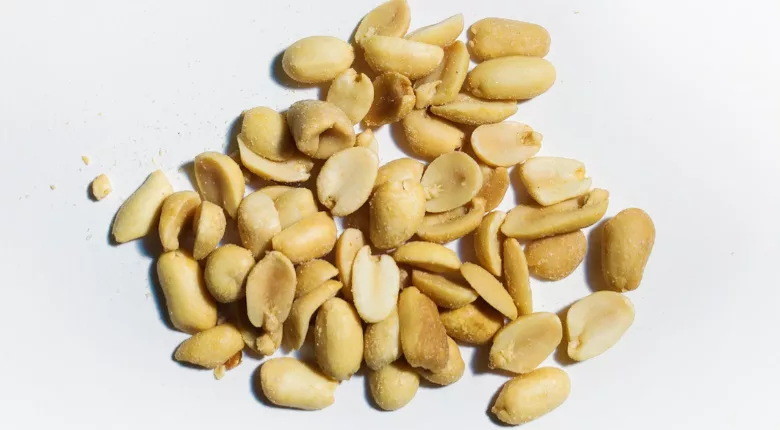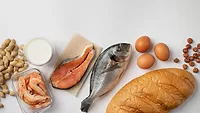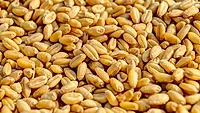FAO/WHO Meeting Report Details Process for Food Allergen Derivative Exemptions

Image credit: Sketch via Unsplash
A recent meeting report from the Food and Agriculture Organization of the United Nations (FAO)/World Health Organization (WHO) Joint Expert Consultation on Risk Assessment of Food Allergens (JECRA) proposes a process to guide the development and evaluation of allergen derivative exemptions.
The meeting summarized in the report is the fourth in a series of JECRA meetings that were convened in response to a request for scientific advice from the Codex Committee on Food Hygiene (CCFH) to help update and develop its allergen management code of practice and guidance on precautionary allergen labeling (PAL). This fourth meeting specifically sought to evaluate whether certain foods and ingredients—like highly refined ingredients—that are derived from the list of foods known to cause hypersensitivity can be exempted from mandatory declaration.
A number of Codex member countries have already established lists of foods and ingredients derived from priority allergens that are exempted from allergen labeling. These were collated and considered by the committee, and it was noted that there is a high degree of agreement between the jurisdictions about the exemptions, although the exact exemption criteria for derivatives are often described differently. There are also a number of exemptions that are specific to individual jurisdictions.
The committee decided to examine the procedure for evaluating a proposal to exempt a food or ingredient derived from a priority allergen from labeling. The committee identified essential components:
- Characterization of the derivative, including source and composition, existing uses, safety, and reported adverse events
- Analysis of proteins from the allergenic source
- Exposure assessment from the proposed exempt uses for verification against an acceptable marker of safety.
A risk assessment-based flowchart that can be used by CCFL or Codex members was developed to provide a standardized approach for evaluating proposals for allergen labeling exemptions. The existing data available for the exemptions approved to date (in the EU, Australia/New Zealand, and the U.S.) also enabled the committee to benchmark the apparent acceptable levels of exposure against the reference doses (RfD) established by the second meeting: RfD/30. The conference decided that RfD/30 appears to provide an adequate margin of exposure (MoE) for derivative safety assessment, that suitable methods of analysis are available for protein levels based on the RfD/30, and that a derivative that undergoes the weight of evidence risk assessment outlined in the JECRA report and meets the criterion (RfD/30) may not require clinical studies to establish safety.
Process for Evaluating Allergen Derivative Exemption Proposals
JECRA developed and tested a pro forma process (i.e., a flowchart) for evaluating allergen derivative exemption proposals. After a description of the derivative, including its source and composition (especially regarding protein from the allergenic source food), other key elements of the flowchart include the documentation of existing uses of the derivative, its safety and any reported adverse reactions, other compositional features, past exposure routes and amounts, and method of manufacture and processing.
For total protein quantification, it is recommended to use more than one test method, each based on different principles that are fit for purpose and may include total amino acid analysis as appropriate. Assessments of potential alterations in the allergenicity of the protein(s) in the derivative can be established using a weight of evidence approach based on data from allergen profiling assays and IgE-binding studies.
Looking for quick answers on food safety topics?
Try Ask FSM, our new smart AI search tool.
Ask FSM →
Exposure assessment is another essential component of the safety assessment process. Required inputs include intended use levels of the derivative, consumption values, and analytical data or calculated equivalent concentration of total protein. The above inputs are combined into an estimation/calculation of exposure amounts, and if applicable, of exposures from a combination of multiple food categories consumed on a single eating occasion.
Existing dossiers and recommendations on exemption decisions have typically estimated exposures using food consumption data based on the 90th, 95th, or 97.5th percentile of consumers; and maximum levels of intended use of the derivative(s).









